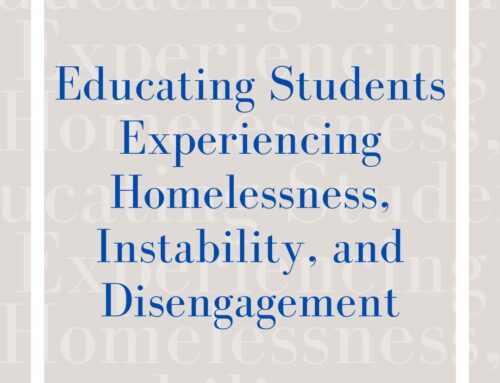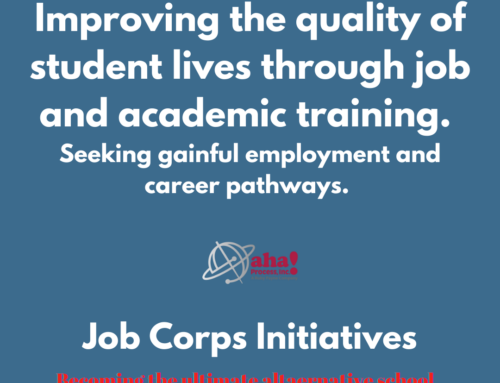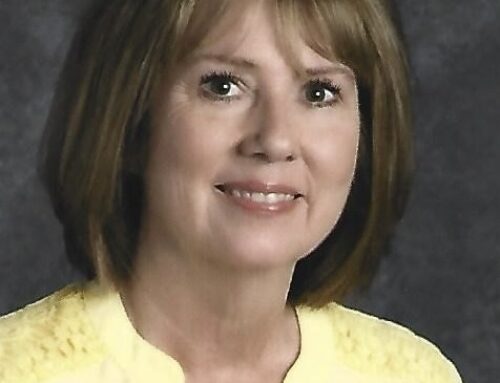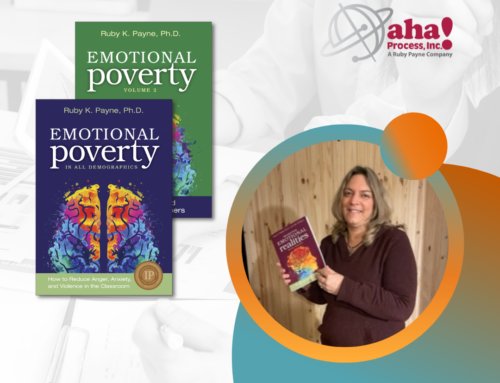 In this third edition of Removing the Mask, Ellen Williams helps to expand the foundational work of Paul Slocumb and Ruby Payne, which defines the difference between treating students equally and treating them equitably in regard to gifted and talented (GT) programs.
In this third edition of Removing the Mask, Ellen Williams helps to expand the foundational work of Paul Slocumb and Ruby Payne, which defines the difference between treating students equally and treating them equitably in regard to gifted and talented (GT) programs.
Well into the 21st century, student demographics schoolwide are still not mirrored proportionally within student demographics in GT programs. This makes the content of the book relevant to current times. Dr. Ellen Williams and Dr. Ruby Payne incorporate up-to-date research throughout the book, giving educators the tools necessary to make a difference in identifying and serving all gifted students.
As it did in previous editions, the book challenges its readers to reflect on the integrity of identification processes. Does “all students” really mean all students? In reality, most identification procedures have educators ultimately identifying opportunity rather than giftedness.
In Removing the Mask, instead of focusing on deficits, attention is given to uncovering the assets of students living in poverty. Fortunately, readers are not left on their own to discover the “how to” process, but are given a clear and concise, differentiated and defensible structure for identifying and serving all gifted students.
Register for a free webinar with Ellen Williams!
Key points and student scenarios provide practical opportunities to use the assessment forms included in the book. The Environmental Opportunities Profile (EOP), the Preponderance of Evidence Grid, and the Slocumb-Payne Teacher Perception Inventory: A Scale for Rating Superior Students from Diverse Backgrounds are tools that help create equity in identifying GT students. After explanation of the identification procedures, various elementary and secondary service designs are suggested, accompanied by curriculum models, such as the Heuristic Curriculum Model and Integrated Thematic Units of Instruction.
I found it refreshing that the social and emotional needs of the gifted are not overlooked. Instead they are brought into GT services through the curriculum. Information about using content effectively, process skills, product choice, and the affective component is given for the purpose of helping to keep all GT students motivated, successful, and engaged in learning.
This book emphasizes that the goal is not only to level the playing field for identifying giftedness in all student populations but also is in providing a supportive GT service design that will nurture GT students and help them retain GT program participation throughout their educational journey. This edition provides educators and administrators of gifted and talented programs with a practical and ethical approach to identification and services for all GT students, including those living in poverty.








